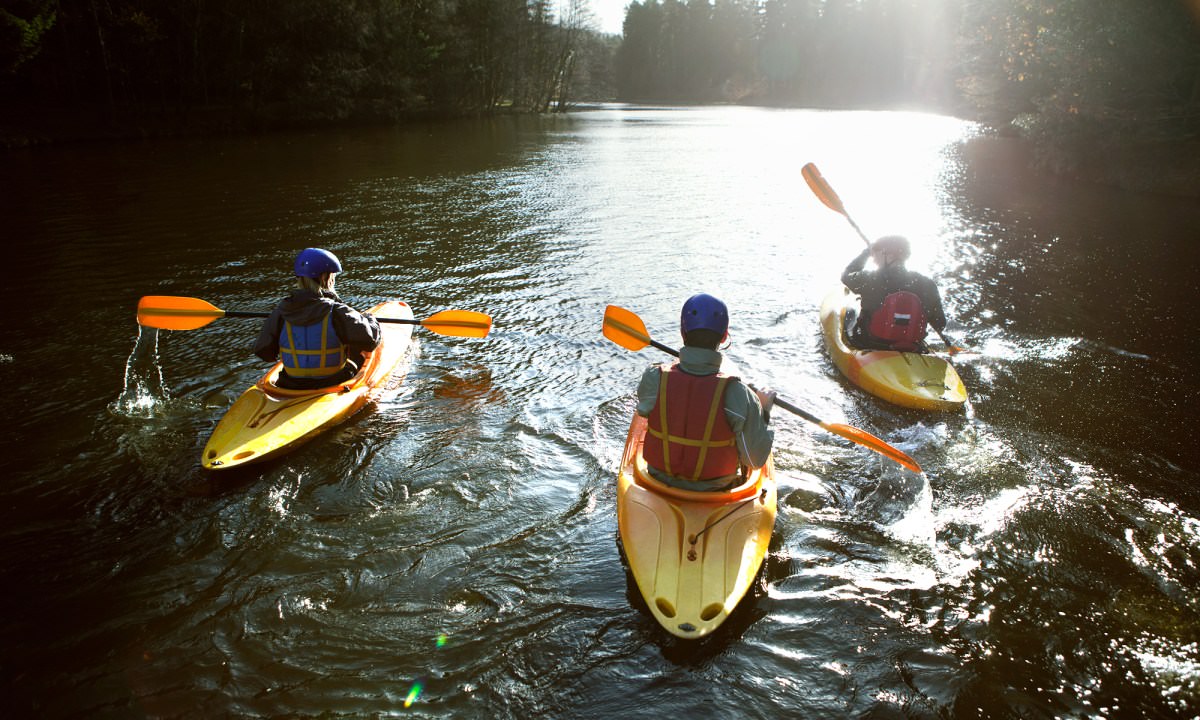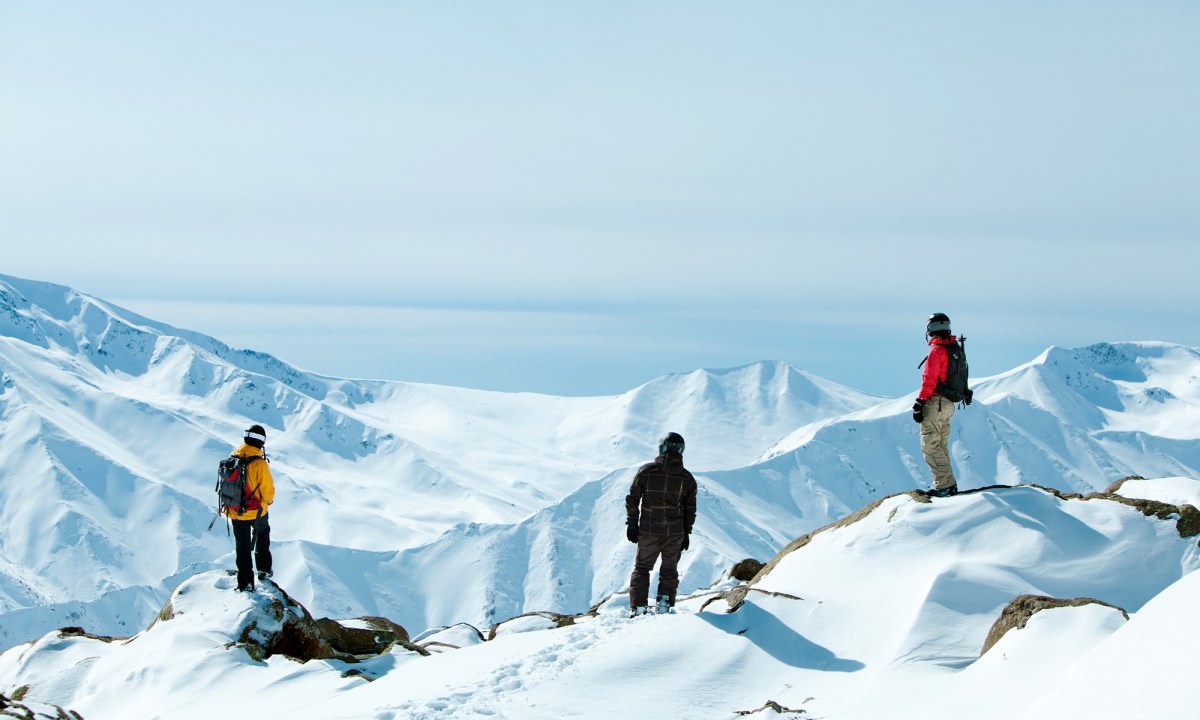CLAP stands for Communication, Line of Sight, Anticipation, and Position of Maximum Usefulness.
It’s a way for leaders to manage groups large and small in challenging situations. Anyone who ventures into a challenging, unpredictable, or risky environment should know it. It works in a variety of settings, mountains, forests, or the sea, and in a lot of situations: adventure, play, or work.
C is for Communication
Communication seems simple, but, of course, it’s not. Groups get spread out. Voices don’t carry in the wind. Plans get forgotten. Changing weather, summit fever, fatigue, and adrenaline get ignored. Hikers caught in a meditative reverie wander past trail junctions.
Communicate early and often. Use systems that apply when voices don’t work: whistles, hand/paddle/ski pole/ice axe signals, and agreed-upon steps if the group is split up. Technological solutions like VHF radios, phones, and two-way radios can be a supplement, but remember that batteries fail, cliffs block reception, and they require the user to stop what they’re doing to press buttons and talk. If both hands are on a rock, ice axe, rope, or paddle, that’s not an option.
Keep your communication simple when the going is tough. Use simple commands like left, right, center, stop, wait, scout, group. Anything more complicated can wait until your group is in a place they can stop, talk, and relax a bit.

L is for Line of Sight
Hikers disappear around bends. Paddlers drop into a rapid and are gone from sight. Climbers are invisible the next rappel down. And the more focused everyone is on what they’re doing, the more their bubble of awareness shrinks.
You only know if someone’s in trouble if you can see them, but it’s rare to be able to see the whole group at the same time. Your job as leader is to manage line of sight. In challenging conditions, each person should be in the line of sight of someone else, and a stop should be triggered if that breaks down. You should be able to have line-of-sight for crux moves, maintaining direction, or seeing if someone is struggling.
A is for Anticipation
What could go wrong? What’s most likely? I recently watched a group of skiers descend a steep curving hill. If one person fell, they’d likely fall in a blind corner, where the next skier down could instigate a pileup. Sure enough, that’s exactly what happened: fortunately everyone was just embarrassed.
On a whitewater rapid, I remember capsizing on a surf wave, only to roll up to find my friend Alan next to me, ready for a rescue had it been necessary; he’d seen it coming. Use your experience to predict what could happen before it does.

P is for Position of Maximum Usefulness
Be where you need to be most of the time. Contrary to popular opinion, it’s not always at the front of the group, though that may seem like the place a “leader" should be. Leading from the front makes sense when your skill is needed to establish the route up a rock face. Being at the front can also allow you to set a pace that maintains communication.
But when you’re in the front, you have to continually turn around to maintain your line of sight, and your pace may be fast enough that you accidentally spread the group out too much. And the slowest, most fatigued, most nervous, and most unskilled members will be at the back, where you’re farthest away and least likely to know that a problem is developing. Unless you have a second leader in the back, being up front may not be best.
Position of Maximum Usefulness also varies with the sport. On trails and in whitewater, the lead/sweep position usually works well. But sea kayaking in windy conditions, the position of maximum usefulness is usually downwind: the “catch" position in the event of a capsize. On long tours in open water, or cross-country hikes, it’s usually to the side where you can see the whole group.
Above all, Position of Usefulness should include one critical thing: don’t make yourself the second victim. I’ve seen leaders, in an attempt to be ready to help someone else, put themselves in the line of rockfall, out-of-control skiers, breaking surf, or runaway kayaks.